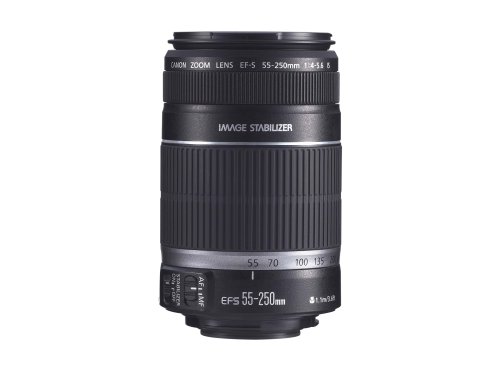In practically every industry there is a need to capture records and moments. Are you curious in taking great pictures or becoming a serious photographer? There are things you want to understand before you get too serious. The fundamentals of photography aren't just mere rules, but are foundations which decree how your photos will turn out.
Photography is the process of making pictures by using light. Light is one of the most foremost aspects of this art, because it determines color, brightness and shutter speed. The length from the lens to the focal point is called the focal length. These lengths are measured in millimeters and will help in your option of lens in the future. Longer focal lengths allow greater magnifications. If you want to take a photograph of an object that is 40 feet away then you will need a large focal length. 50mm lenses see things regularly and can be carefully the view from your eyes. If the focal length is above 50mm it is known as a telephoto lens, while a focal length less than 50mm is a wide angle lens.
Focal length divided by the diameter of the gap ,break is called an F stop. This has an impact on how much light reaches your negative. If you are dealing with digital then you won't have a negative, but the same rules apply here. F stops range from 1.4 -22 and vary on cameras. The cameras that offer the top ranges offer more flexibility and options. These are regularly pro models. Lower numbers have wider apertures and produce more light.
Shutter speeds are the length of the exposure or how long the shutter stays open. Once again this is a very foremost part of how light will be recorded. Shorter shutter speeds are needed for photos taken in involving sunlight, while longer shutter speeds are needed for night photos. Shutter speeds regularly can be kept at around 1/250 of a second and will need to be adjusted accordingly. When choosing to take night photos you will need a tripod. Tripods are made in separate sizes and vary in quality. A very sturdy tripod will be needed that can hold your camera.
The resolution is digital cameras is measured in pixels. Although not found on film cameras, there is no need to worry because the image quality will be the same or greater. Digital cameras can be found with at least 12 megapixels today, but pixels that high would be on Pro models. Never buy a camera based on its pixel count, because that isn't the choosing factor on the quality. quality is carefully by lens, sensor size, pixel count and quality of the camera itself.
Understanding these basic fundamentals will allow you to make great choices when taking photos in the future. When in doubt plainly turn on your camera and take many pictures. convention may not make perfect, but in photography the time you put into it will show. Just remember that when there isn't sufficient light adjust your camera, which is the rule of thumb.
 | Price : $210.00
| Price : $210.00







